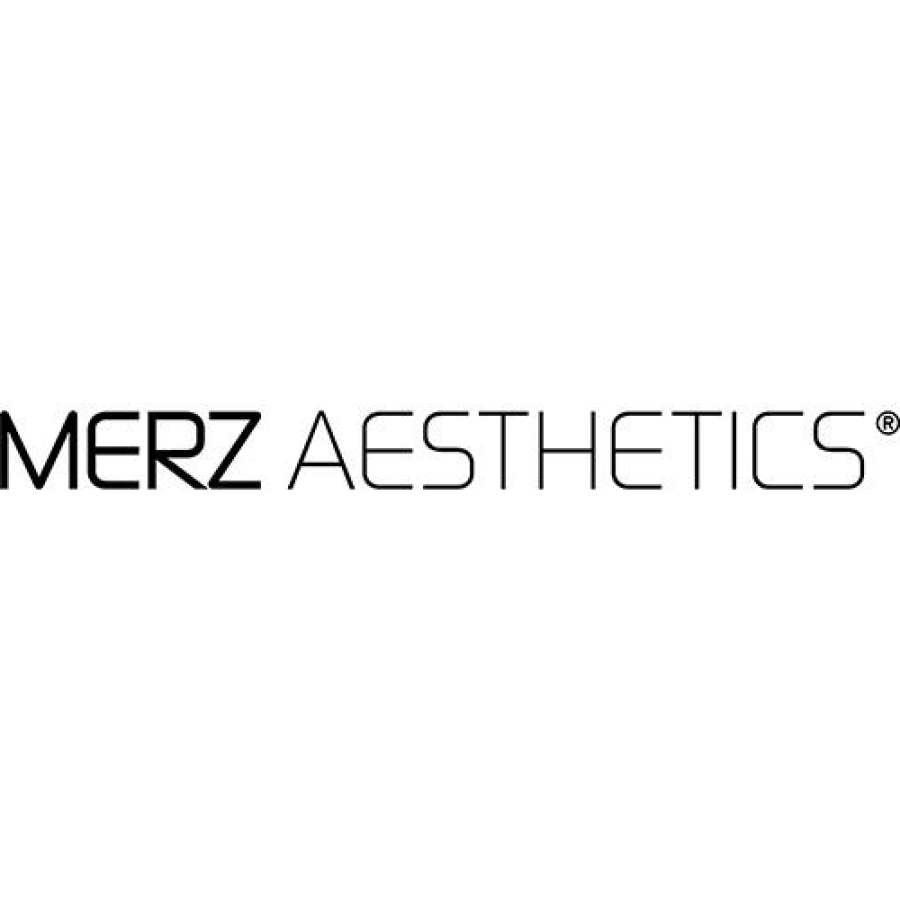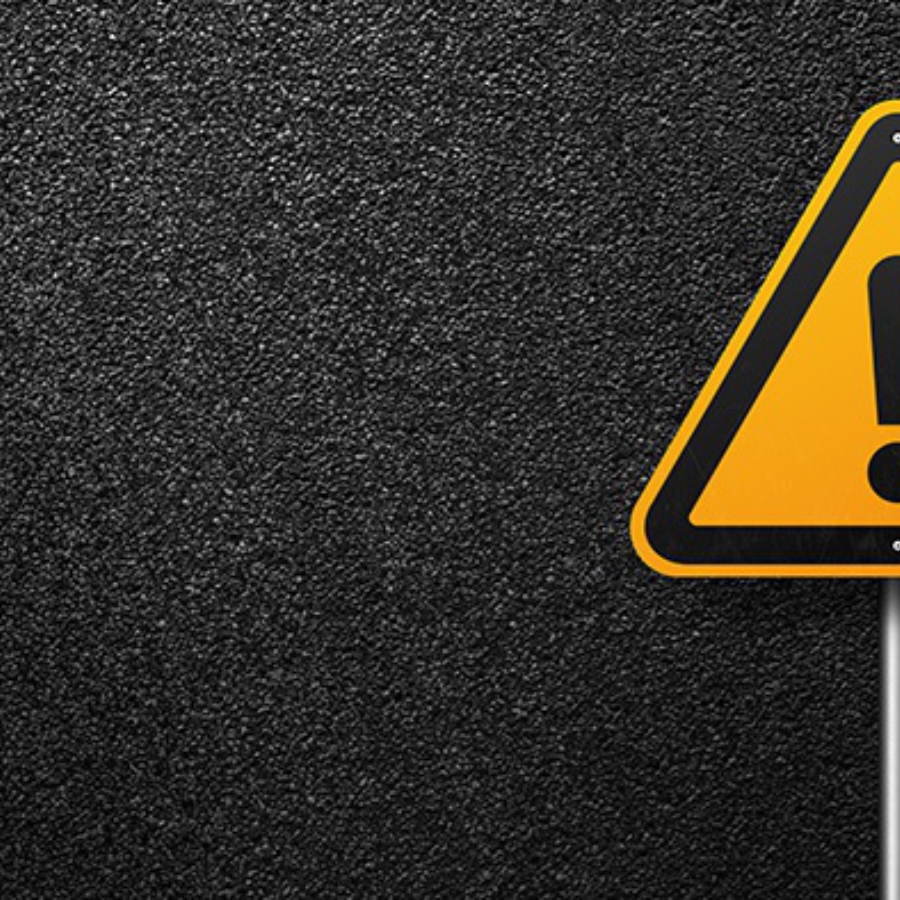
Clinical
Radiofrequency and Non-RF Microneedling Safety: What Patients Should Know
With Molly Muecke, RN, MSN, NP-CMicroneedling is a popular aesthetic treatment offered in 79% of med spas (2024 Medical Spa ...

Show your committment to patient safety, legal compliance and community over competition.
AmSpa members receive preferred pricing on all AmSpa live and virtual trainings.
Get the latest news and information about safe, legal practice in medical aesthetics directly in your inbox.
Get access to med spa laws, in-person and online training and more!
Posted By Madilyn Moeller, Tuesday, September 28, 2021

By Patrick O'Brien, JD, Legal Coordinator, American Med Spa Association (AmSpa)
Here at AmSpa, we get a lot of questions about how much training and experience someone needs to be "certified" or "approved" to perform different aesthetic medical treatments in their state. There is not an easy answer for these questions. Due to the sheer breadth and scope of the practice of medicine, most states, understandably, do not list training minimums in their practice acts. Occasionally, training requirements will be spelled out in the board's administrative rules, but usually it is up to the board itself to make statements about training and education standards. Unfortunately, every state has different standards, and few provide concrete guidance. Here is a quick look at state training requirements and what you will need to know to find the answer for your own state.
First of all, the majority of states do not recognize private certifications for aesthetic medical treatments. With the exception of some laser hair removal training standards, there generally isn't a nationally recognized standard for cosmetic medical treatments. As a result, state regulatory boards do not typically promote or refer to any set standards on injections or energy-based skin treatments. This, of course, contrasts with the more traditional practice medical areas of plastic surgery and dermatology, where there are widely recognized board certifications or the certified aesthetic nurse specialist (CANS) credential for registered nursing. This is also not to say that the boards completely disregard the training that may make up a "certification." The underlying training is still extremely important, as we will discuss later (and previously discussed in this article).
Although there is currently not a national credential recognized by individual states for medical spa practice, state licensing boards do use some common educational resources and express training needs in a few typical ways. Iowa, for example, is one of the few states with concrete requirements. The Iowa Board of Medicine has adopted rules for medical directors of medical spas. As part of those rules, the state has set the training requirement for practitioners to perform laser treatments as a minimum of 120 hours, which must include 40 hours of didactic training and 80 hours of clinical training from an accredited laser training program.

The Oregon State Board of Nursing has provided similar guidance on how to acquire "competence" in their advisory statement on cosmetic procedures. Here, the board refers to the standards published by the state's Board of Certified Advanced Estheticians, which include at least 40 hours of education in laser fundamentals and theory from an American National Standard laser safety education program. The board notes that while it views this as a minimum, other training may be necessary as well.
Far more commonly, boards rely on more general "competence" requirements that apply to all types of practices, including medical spas. Usually, this is as simple as requiring "appropriate training, education and skill" in a procedure. Texas has adopted rules for non-surgical cosmetic procedures that say essentially the same thing in increased detail. These rules require that persons receive, at a minimum, training in techniques in the procedure; cosmetic or cutaneous medicine; indications and contraindications for the procedure; pre-procedural and post-procedural care; recognition and acute management of potential complications; and infectious disease control involved with each procedure. While this doesn't give you specific time targets or a clear checklist, it does provide the main topics that any training must cover to allow someone to perform the procedure—at least for Texas and subject to other requirements.
What this ultimately means is that the answer to the question of how much training you need in most states is "enough." This obviously isn't all that helpful, but it does shed some light on the boards' concerns and way of looking at the issue. Professional licensing boards are charged with regulating their licensees to protect the public from harm. They want their licensees to have "enough" training so that they can safely provide services to patients. If a patient is injured or brings a complaint against a licensee, the board is going to look at that person's documented training and experience to see if it is adequate. This amount obviously is going to vary according to factors such as the complexity of the treatment and the licensee's other training. Will a one-hour webinar by itself be enough? For simpler treatments, it certainly might be. But it will be much easier to convince the board that you were adequately trained in the technique that resulted in a patient complaint if you can show that, in addition to the webinar, you also had some in-person training and supervised practice.
Regardless of what combination of training and instruction you use to become competent in a procedure, it is critical to maintain good documentation. In fact, the Oregon State Board of Nursing statement discussed above explicitly stresses the importance of having documented evidence of the necessary education. We have previously discussed potential issues where boards decline to state how much training is needed—for example, take this article on the Florida Board of Nursing's stance on training for registered nurses to inject toxins and fillers. Obviously, your opinion about sufficient training can be very different from what the disciplinary board believes. Unfortunately, the disciplinary panel members are the ones whose opinions count. Thus, it is important to have very compelling evidence to show the skills you have acquired in your scope of practice.
Join AmSpa to find state-by-state medical spa laws. AmSpa Plus Members receive access to AmSpa's state legal summary for their state; each summary answers more than 100 questions related to medical spas.

Related Tags
Medical spa news, blogs and updates sent directly to your inbox.

Clinical
With Molly Muecke, RN, MSN, NP-CMicroneedling is a popular aesthetic treatment offered in 79% of med spas (2024 Medical Spa ...

Clinical
On November 5, 2025, Merz Aesthetics announced that Ultherapy PRIME® gained U.S. Food and Drug Administration (FDA) clearance to improve ...

Clinical
By Belmar Pharma SolutionsWhen it comes to menopause, a once-taboo topic, the tide has finally changed. Women now have access ...

Clinical
The FDA’s recent safety communication regarding radiofrequency (RF) microneedling devices is a critical reminder: Aesthetic treatments involving energy-based devices are ...